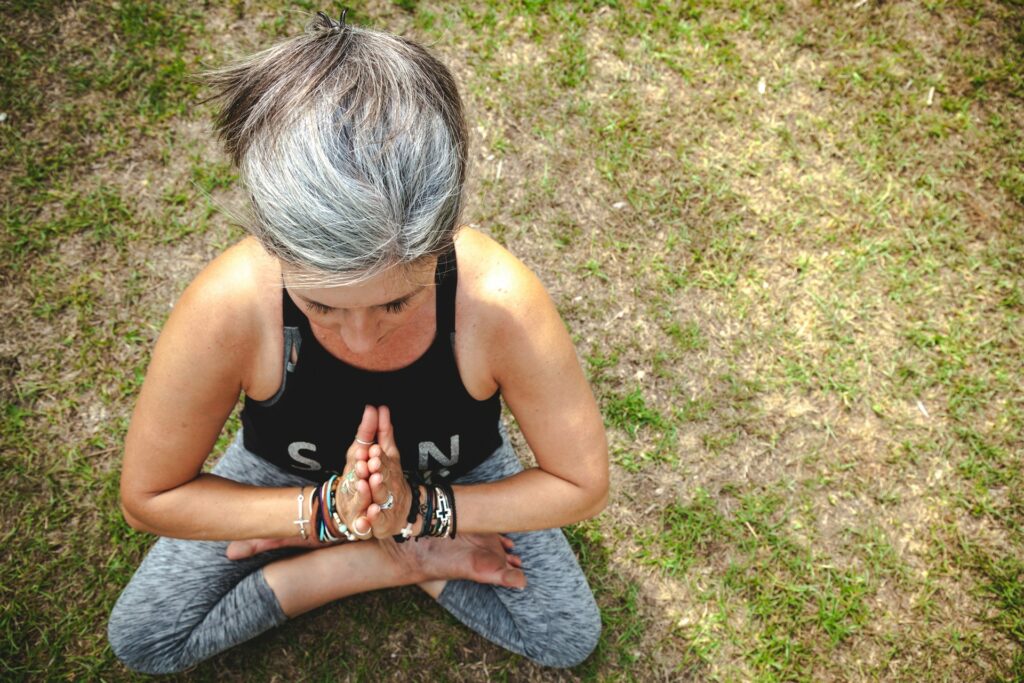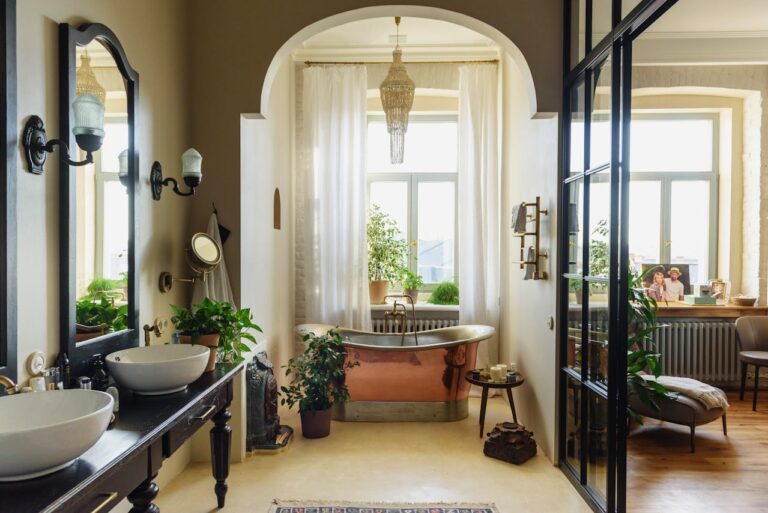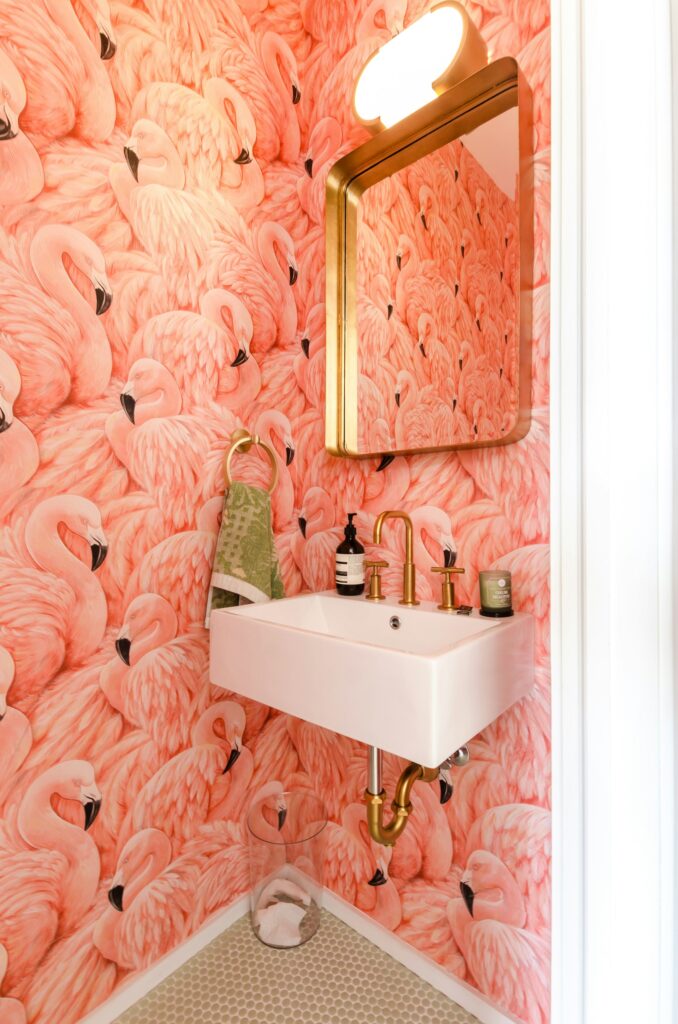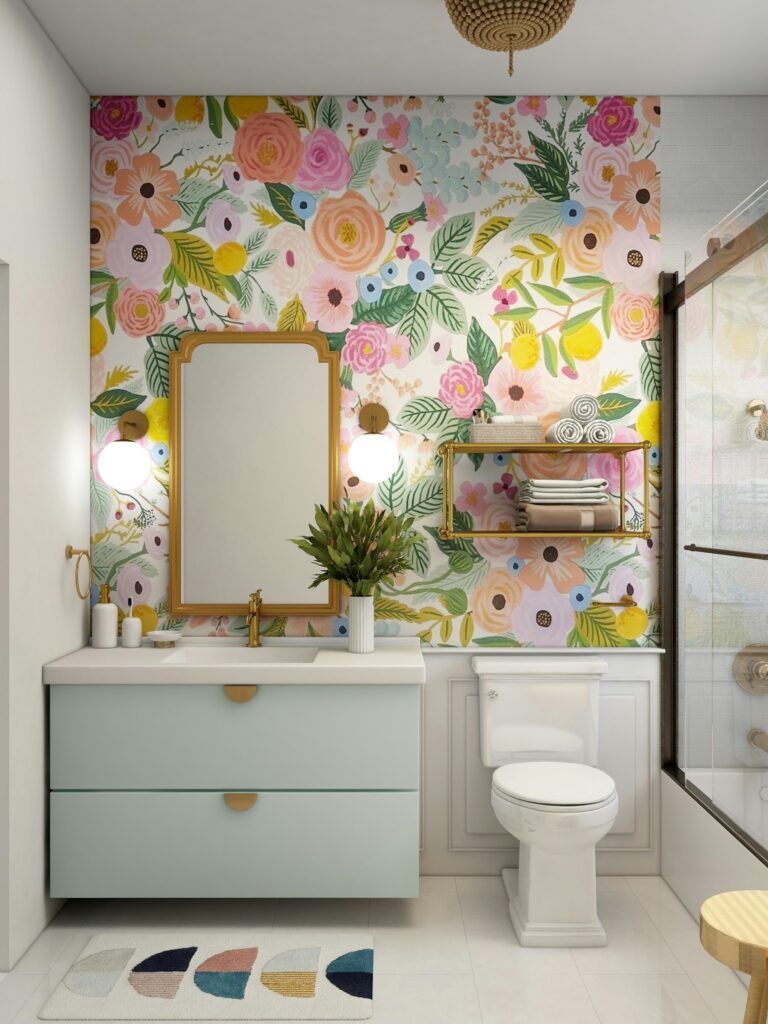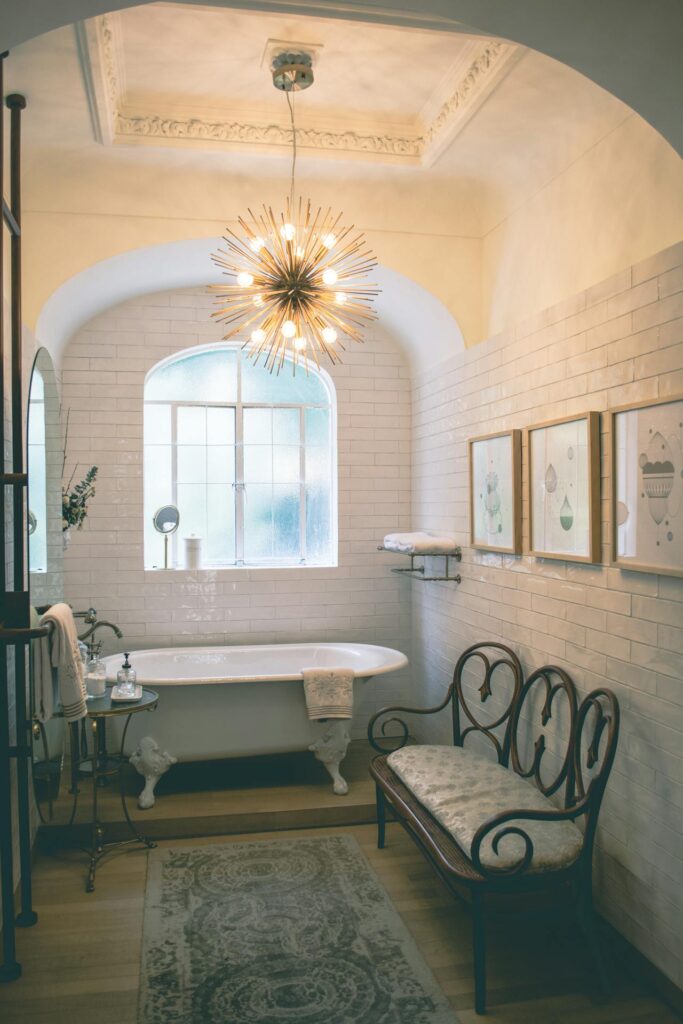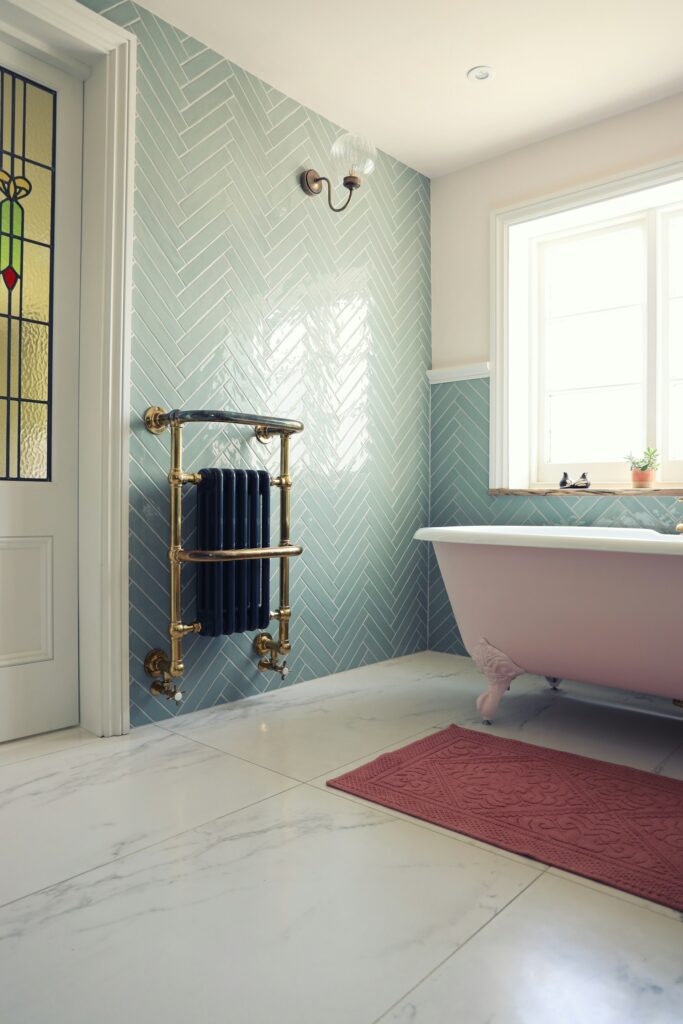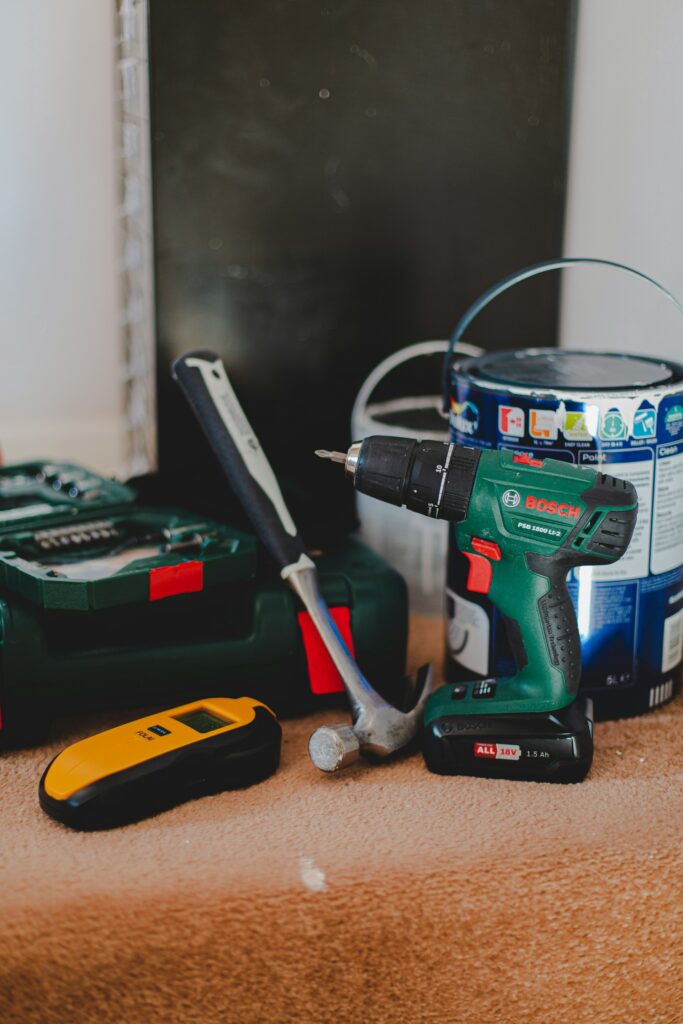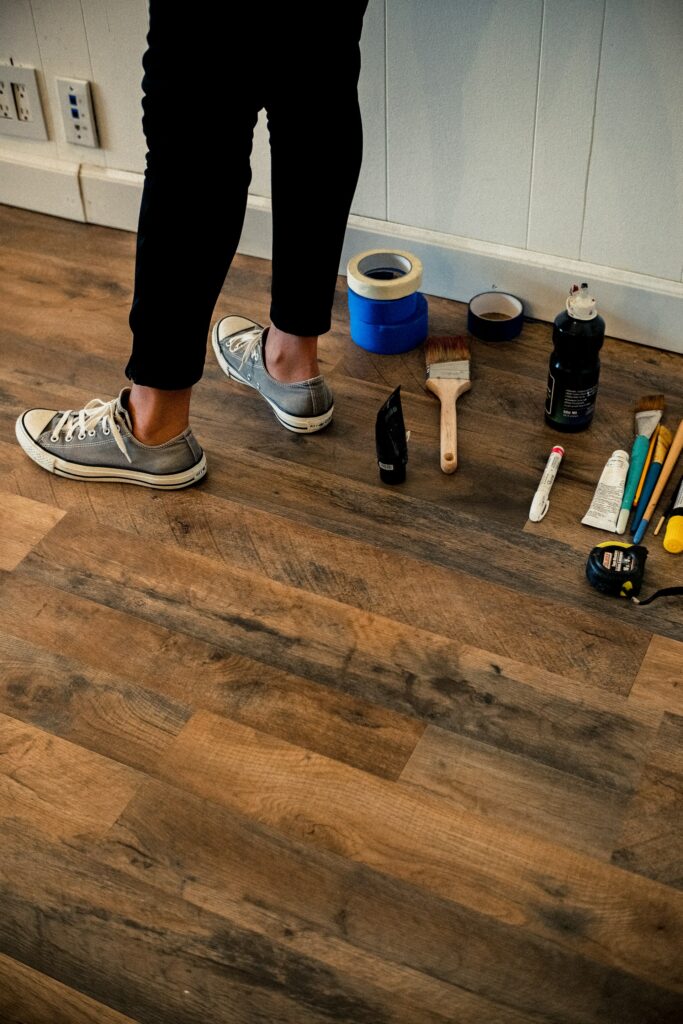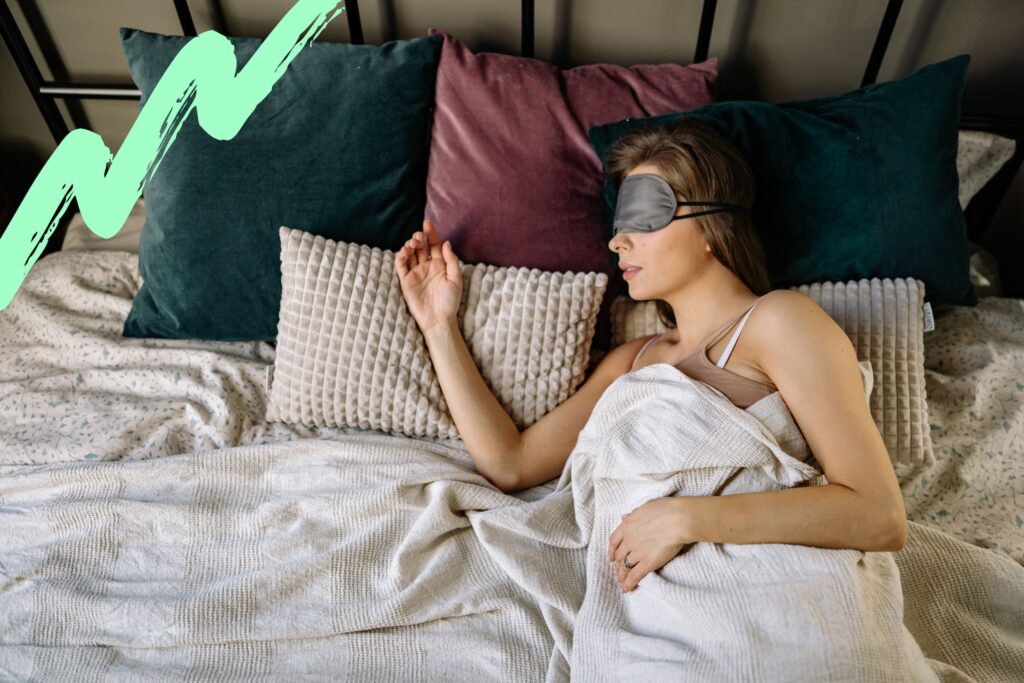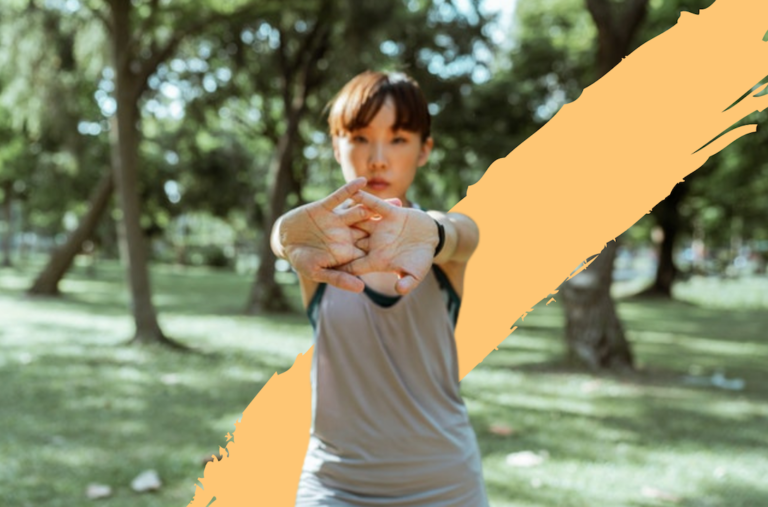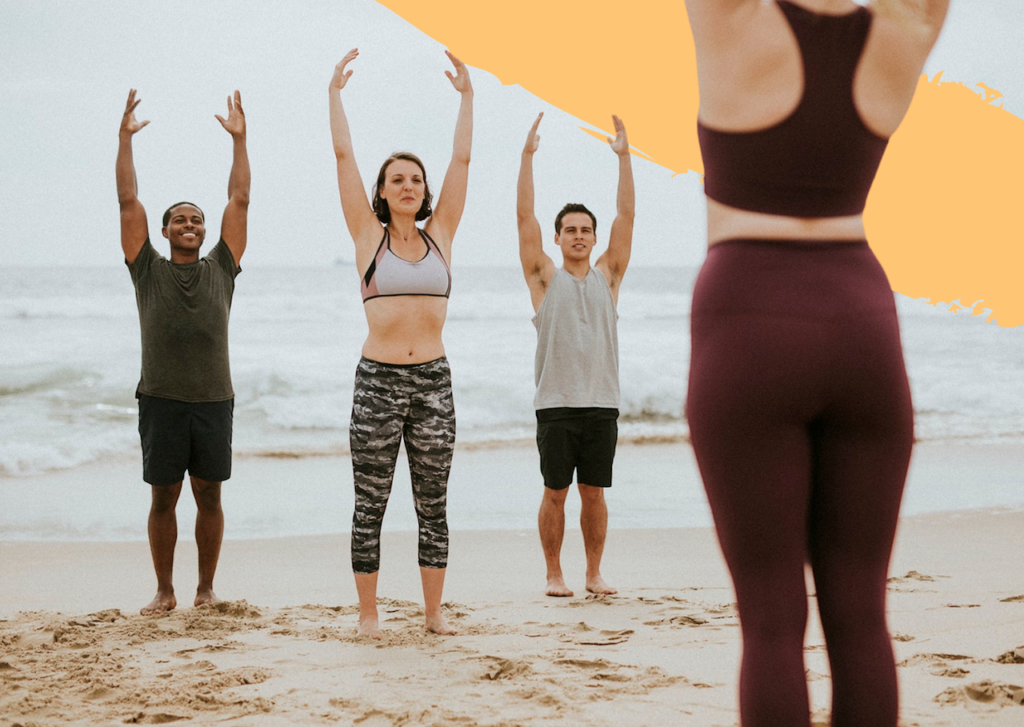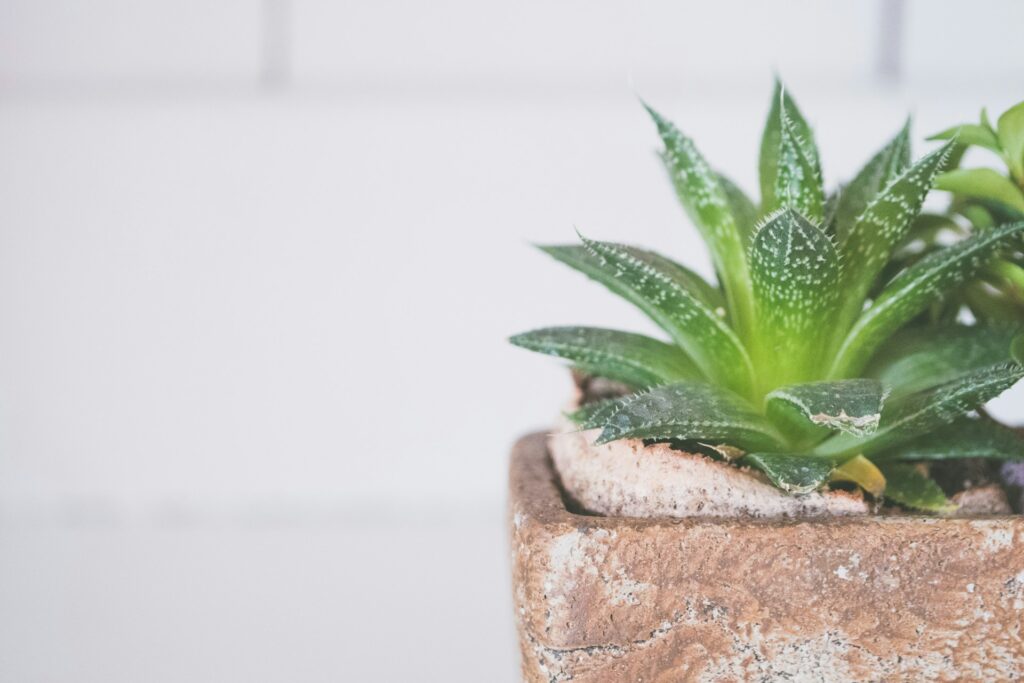Whilst we wouldn’t want to start an article quite so presumptuously, may we offer you congratulations on achieving a brighter, whiter smile through teeth whitening!
Yep, we see those gnashers, and they are positively gleaming. Whether you underwent a professional treatment or used an at-home whitening kit, it’s essential to follow proper aftercare to maintain your results and ensure the longevity of your pearly whites.
Today, we’re addressing the question on everyone’s lips: How long do teeth whitening results typically last? Not only that, because we love you, we’re also offering up valuable aftercare tips (including whether you can drink coffee the next morning) to help you make the most of your teeth whitening journey.
But that’s not all; with two advice columns for the price of one, we’ll also explore some natural ways to white teeth. Don’t we spoil you?
How Long Do Teeth Whitening Results Typically Last?
The longevity of your teeth whitening results depends on several factors, including the type of whitening treatment you received and your oral hygiene habits. Professional in-office treatments typically last between 1-3 years, while at-home whitening kits might keep your smile bright for 6 months to a year.
Given the variation in teeth whitening cost—from £5 for whitening toothpaste to £1,500 for professional treatments—it’s worth knowing how to maximise your investment. However, without proper aftercare, you could see your teeth begin to yellow again in as little as one month! The biggest culprits? Coffee, tea, red wine, tobacco, and poor oral hygiene. The good news is that by following the aftercare tips we’re about to share, you can significantly extend the lifespan of your whitening treatment and keep that million-dollar smile gleaming for much longer.
Remember, your enamel is most vulnerable in the first 48 hours after whitening. During this period, the microscopic pores in your teeth are open and more susceptible to staining. How you treat your teeth in these critical first days can make all the difference between long-lasting results and a quickly fading smile.
Can I Drink Coffee The Morning After Teeth Whitening?
Many people rely on their morning cup of coffee to kick start their day. However, it’s advisable to avoid consuming coffee (as well as tea and other staining foods and drinks) immediately after teeth whitening. The whitening process temporarily opens up the pores of your tooth enamel, making it more susceptible to staining.
To preserve your newly whitened smile, it’s best to wait at least 48 hours before indulging in coffee or any dark-colored beverages. Instead, opt for water, herbal tea, or milk during this period
How Can I Stay Hydrated Without Staining My Teeth?
Water is not only essential for your overall health but also plays a vital role in maintaining your teeth’s whiteness. Drinking plenty of water helps rinse away food particles and reduces the risk of staining. Make it a habit to sip water throughout the day, especially after meals or consuming staining substances.

What Foods And Beverages Should I Avoid After Whitening?
To extend the lifespan of your teeth whitening results, it’s crucial to steer clear of staining foods and beverages. Alongside coffee, other culprits include red wine, berries, tomato sauce, soy sauce, and dark-colored sodas. If you can’t resist these items, try using a straw to minimise contact with your teeth or rinse your mouth with water afterward.
How Should I Take Care Of My Teeth After Whitening?
Maintaining a consistent oral hygiene routine is essential for preserving your newly whitened smile. Brush your teeth at least twice a day using a soft-bristled toothbrush and a whitening toothpaste. Floss daily to remove plaque and prevent stains from developing between your teeth. Additionally, consider incorporating an alcohol-free mouthwash into your routine for extra freshness – and, avoid making these oral health mistakes, while you’re at it.
Why Should I Be Careful With Hot & Cold Foods?
Immediately after teeth whitening, your teeth may become temporarily sensitive to hot and cold temperatures. To minimise discomfort, avoid consuming extremely hot or cold foods and beverages. Opt for lukewarm or room temperature options until the sensitivity subsides.

How Does Smoking Affect My Whitened Teeth?
If you’re a smoker, quitting or reducing your tobacco consumption is not only beneficial for your overall health but also helps maintain your teeth whitening results. Smoking can lead to severe tooth discoloration, undermining the effectiveness of the whitening treatment. Seek support from healthcare professionals or support groups to help you on your journey to quit smoking.
Does Alcohol Impact My Whitening Results?
Alcohol, especially red wine, can stain your teeth and diminish the effects of teeth whitening. If you choose to drink alcohol, do so in moderation and consider rinsing your mouth with water afterward to minimise the staining effects. A useful tip, if like us, you can’t imagine steak night without a glass of Cabernet Sauvignon.
How Often Should I Visit My Dentist After Whitening?
Regular dental check-ups are crucial for maintaining good oral health and prolonging the effects of teeth whitening. Dentists can identify any potential issues early on and provide professional cleaning and touch-ups to keep your smile radiant. Aim to visit your dentist every six months or as recommended by your oral healthcare professional.
When Should I Consider Touch-Up Treatments?
Over time, your teeth may naturally accumulate stains or discoloration. Consider touch-up treatments to maintain your desired level of whiteness. Consult with your dentist or follow the instructions provided with your at-home whitening kit for safe and effective touch-up options.
What Are Some Natural Ways To Whiten Your Teeth?
Okay, that’s all well and good, but what are some ways to naturally whiten teeth?
As we become more health and image conscious, the search for natural ways to whiten teeth is on the rise. From superfoods like strawberries to household items like baking soda, there are numerous remedies suggested for a brighter smile. But do they really work? Let’s explore how these natural teeth whitening methods stack up with science.
Strawberries: Brushing with Strawberries’ has been a popular natural whitening trick for years, particularly due to their malic acid content. This fruit acid is thought to be a natural enamel whitener. However, while strawberries may help remove surface stains, they are unlikely to penetrate the stains on your teeth. Overly acidic mixtures can also lead to enamel erosion if not used carefully.
Baking Soda: A common ingredient in many toothpaste brands, baking soda is praised for its natural whitening properties. It’s considered a mild abrasive that can scrub away surface stains on teeth. Moreover, baking soda creates an alkaline environment in your mouth, preventing bacteria growth.
However, remember baking soda isn’t a complete toothpaste replacement. Fluoride, which is absent in baking soda, is essential in fighting cavities and tooth decay.
Oil Pulling: Originating from traditional Indian medicinal practices, oil pulling involves swishing a tablespoon of oil (such as coconut, sesame, or sunflower oil) in your mouth for 15-20 minutes. Oil pulling may improve oral hygiene and remove toxins from the body. Some people claim their teeth become whiter and brighter after regular oil pulling. However, more scientific evidence is needed to confirm these claims.
Hydrogen Peroxide: Many commercial whitening products contain hydrogen peroxide, a natural bleaching agent that also kills bacteria in your mouth. However, there can be potential side effects such as tooth sensitivity and gum irritation, so it should be used cautiously. Moreover, if used incorrectly it can cause serious and sometimes extremely expensive tooth damage. Probably best to leave this one to the experts.
Apple Cider Vinegar: Apple cider vinegar has antibacterial properties that may help cleanse the mouth and whiten teeth. However, it is also an acid and can erode the enamel on your teeth if used too often. Always dilute it with water and swish it for just a few minutes.
Eating Healthy: Eating fruits and vegetables high in water content can help keep your teeth clean and bright. Chewing raw, crunchy fruits and vegetables, like apples and carrots, can help rub plaque away as you chew. Of course, even healthy eating alone won’t keep your teeth white; you also need to adopt an oral hygiene routine consistent with dentists’ advice.
The Bottom Line
Teeth whitening is an excellent way to enhance your smile and boost your confidence. By following these aftercare tips, including avoiding coffee the morning after teeth whitening, you can maximise the longevity of your results. Remember to stay hydrated, practice good oral hygiene, and be mindful of staining substances. With proper care and regular dental check-ups, you can enjoy a dazzling smile for years to come.











